Research on Wind-induced Vibration Control of High-rise Steel Structures Based on Machine Learning Algorithm
DOI: 10.23977/jemm.2021.060204 | Downloads: 15 | Views: 1792
Author(s)
Qian Cao 1
Affiliation(s)
1 China Energy Longyuan Environmental Protection Co., Ltd
Corresponding Author
Qian CaoABSTRACT
In recent years, the research on vibration control of high-rise steel structures has developed vigorously, and many research results have been applied to practical projects. The main purpose of wind-induced vibration control of high-rise steel structures is to reduce the discomfort of occupants and the damage of precision equipment and non-structural components. This kind of high-rise steel tower structure is highly flexible, and under the action of strong wind load, the dynamic response of the structure is also great, which has a very adverse impact on the safety of the structure itself, the technological requirements of the building and the comfort level, etc. Therefore, it is increasingly important to effectively control the wind-induced vibration response of the structure. Machine learning algorithm is the research hotspot of gust prediction, and its advantage lies in that this kind of method can establish the nonlinear relationship between gust related variables and gust without depending on some specific parameters. Due to the uncertainty of the control system including structural system and control, the complexity of mathematical model and difficult to grasp dynamic characteristics, the wind-induced vibration control effect of high-rise buildings needs to be further improved. In this paper, the wind-induced vibration control of high-rise steel structures is described in detail by using machine learning algorithm.
KEYWORDS
Machine learning algorithm, high-rise steel structure, wind-induced vibration controlCITE THIS PAPER
Qian Cao. Research on Wind-induced Vibration Control of High-rise Steel Structures Based on Machine Learning Algorithm. Journal of Engineering Mechanics and Machinery (2021) Vol. 6: 19-24. DOI: http://dx.doi.org/10.23977/jemm.2021.060204
REFERENCES
[1]Zhu Yehua. The "combustion aid" of the artificial intelligence revolution: machine learning [J]. Science and Technology Review, 2016, 034(007): 64-66.
[2]Ren Zhigang, Li Peipeng, Wang Qiankun. Wind-vibration response analysis of complex tall steel structure TV tower [J]. Industrial Construction, 2016(6): 137-143.
[3]Zhang Huahua. Analysis of key control technology for high-rise steel structure construction [J]. Value Engineering, 2016, 35(036): 87-88.
[4]Ye Bing. Research on key control technology of high-rise steel structure construction [J]. Industry C, 2016, 000(001): P.201-203.
[5]Dai Fei, Liu Jun. CONTROL AND PREVENTION MEASURES FOR ACROSS-WIND VIBRATION OF STEEL CHIMNEY [J]. Steel Structure, 2016, 031(003): 85-87.
[6]Qu Yeqi, Gao Dexin, Sun Yaguang. Optimal control strategy of central air conditioning based on machine learning [J]. Journal of Qingdao University of Science and Technology (Natural Science Edition), 2019, 040(001): 111-118.
[7]Zhang Weigang, Gong Xiwu. Intelligent control and realization of industrial furnace based on machine learning [J]. Industrial Furnace, 2020, v.42; No.209 (03): 51-55.
[8]Zhang Tietou, Tan Yingjun, Li Cuixia. Design and implementation of network stability controller based on machine learning [J]. Modern Electronic Technology, 2017, 040(008): 53-56.
[9]Li Qi. Six-rotor high-altitude livestock feeding aircraft control based on machine learning [J]. Bulletin of Science and Technology, 2018, 34(11): 125-128.
[10]Zhang Tietou, Tan Yingjun, Li Cuixia. Design and implementation of network stability controller based on machine learning [J]. Modern Electronic Technology, 2017, 040(008): 53-56.
| Downloads: | 11129 |
|---|---|
| Visits: | 423475 |
Sponsors, Associates, and Links
-
Cybernetics and Mechatronics
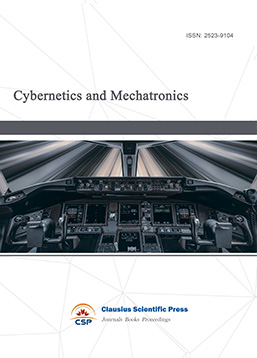
-
Digital Manufacturing and Process Management
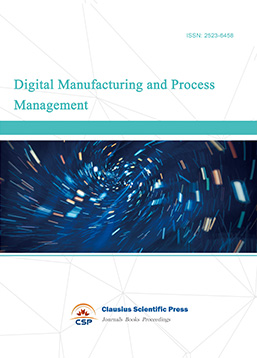
-
Ultra-Precision Machining Process
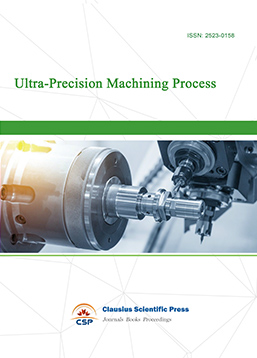
-
Journal of Robotics and Biomimetics
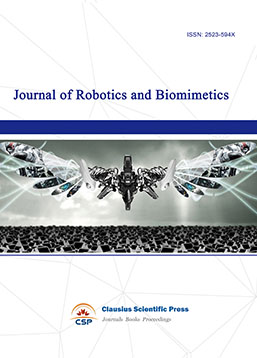
-
Prognostics, Diagnostics and Health Management

-
Micro-Electro-Mechanical Systems
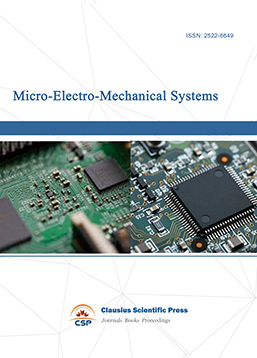
-
Journal of Precision Instrument and Machinery
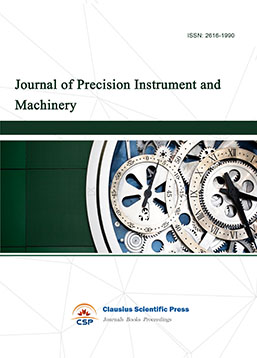
-
Engineering and Solid Mechanics
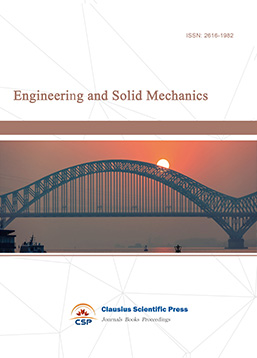
-
Fracture and Damage Mechanics
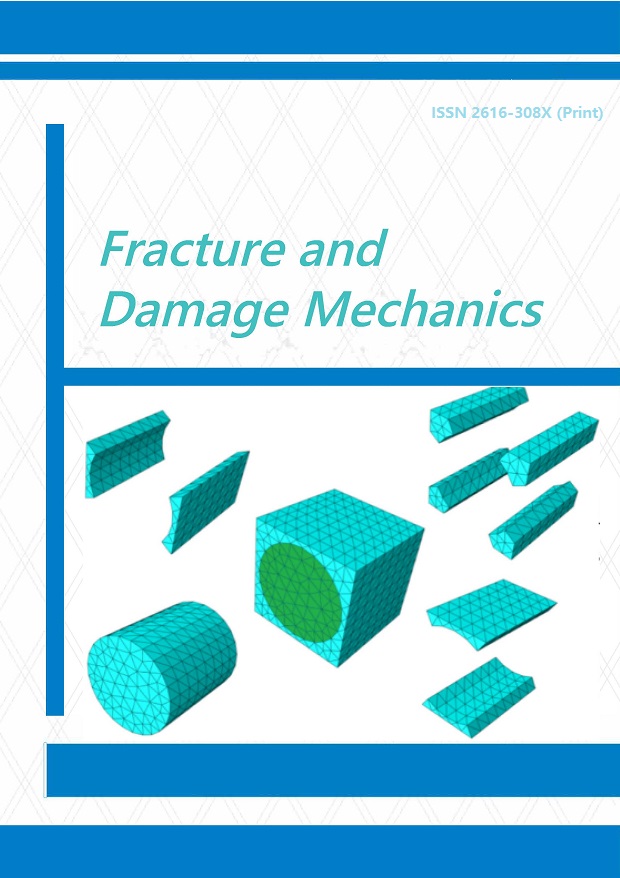
-
Frontiers in Tribology
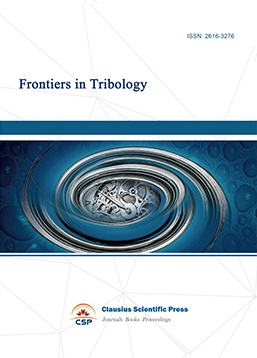
-
Fluid and Power Machinery
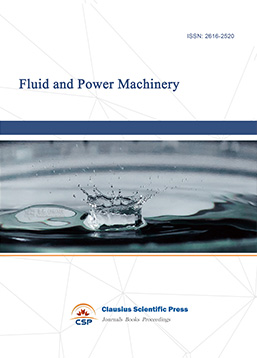
-
Chemical Process Equipment
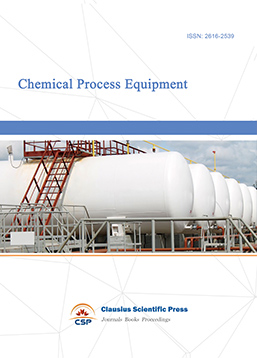
-
Journal of Assembly and Manufacturing
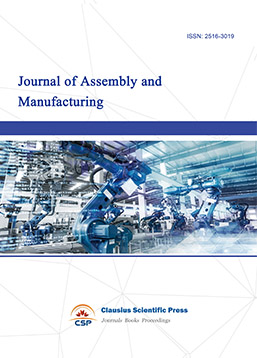
-
Mechanical Vibration and Noise
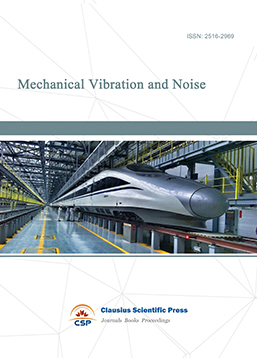

 Download as PDF
Download as PDF